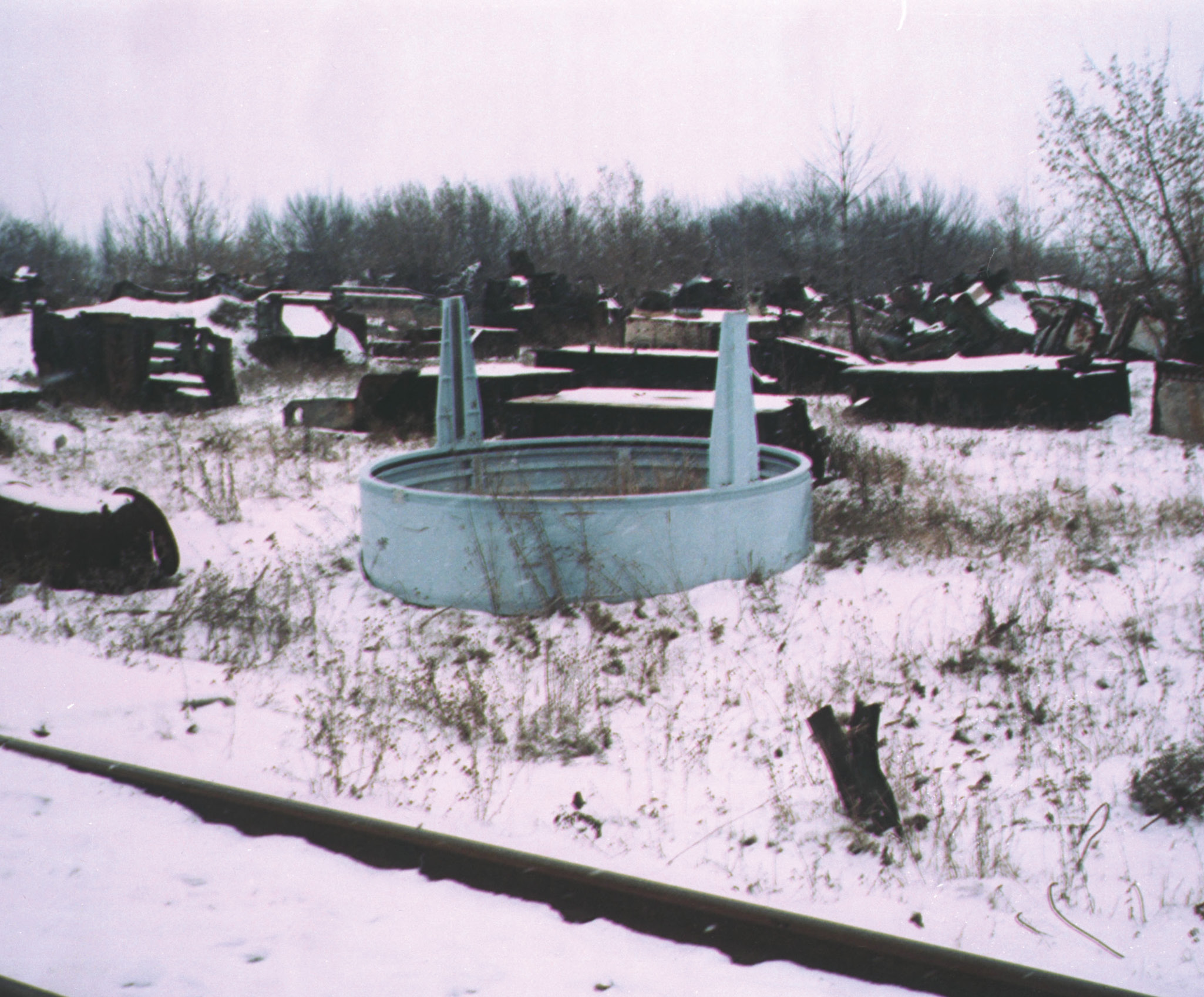Nonproliferation and the Budapest Memorandum
DOI: 10.1063/pt.bava.tkha
While I found Bill Sweet’s article “France’s Oppenheimer

An unidentified missile-launch site in Ukraine in May 1995. This photo was taken during an inspection team’s visit as part of the Ukrainian nuclear dismantlement project. (Photo from the Defense Threat Reduction Agency, Department of Defense/National Archives photo no. 7286446.)

Indeed, when the Soviet Union collapsed, Ukraine held the world’s third-largest arsenal of nuclear weapons. It denuclearized voluntarily and joined the Treaty on the Non-Proliferation of Nuclear Weapons in 1994. In return, the US, the UK, and the Russian Federation signed the Budapest Memorandum, in which they committed to, among other things, “respect the independence and sovereignty and the existing borders of Ukraine,” “refrain from the threat or use of force against the territorial integrity or political independence of Ukraine,” and “refrain from economic coercion designed to subordinate to their own interest the exercise by Ukraine of the rights inherent in its sovereignty.” 1
Russia’s forced annexation of Crimea in 2014, followed shortly by its promotion of separatist activities in the Donetsk and Luhansk territories, and later its full-scale invasion of Ukraine starting in 2022 violated the Budapest Memorandum. And now doubts among US allies as to the reliability of US security commitments threaten to cause other nations to become nuclear states. 2 , 3
References
1. Ukraine, Russian Federation, United Kingdom of Great Britain and Northern Ireland, United States of America, Memorandum on Security Assurances in Connection With Ukraine’s Accession to the Treaty on the Non-Proliferation of Nuclear Weapons, 5 December 1994, no. 52241.
2. G. Chafetz, Z. S. Davis, “The end of nonproliferation?” Defense One (16 March 2025).
3. G. Rose, “Get ready for the next nuclear age: How Trump might drive proliferation,” Foreign Affairs (8 March 2025).
More about the Authors
Stephen C. Schiff. Aldie, Virginia.
